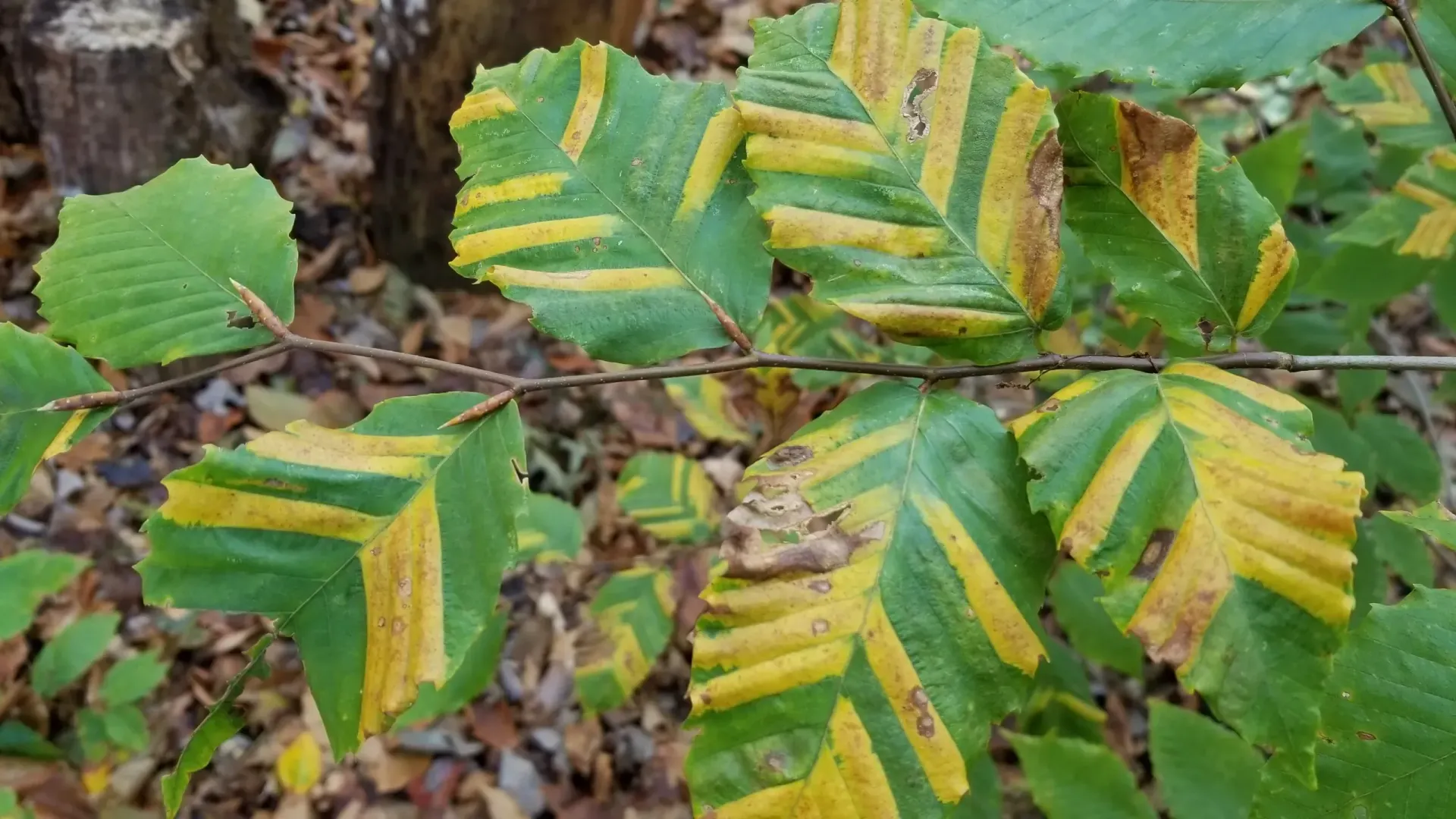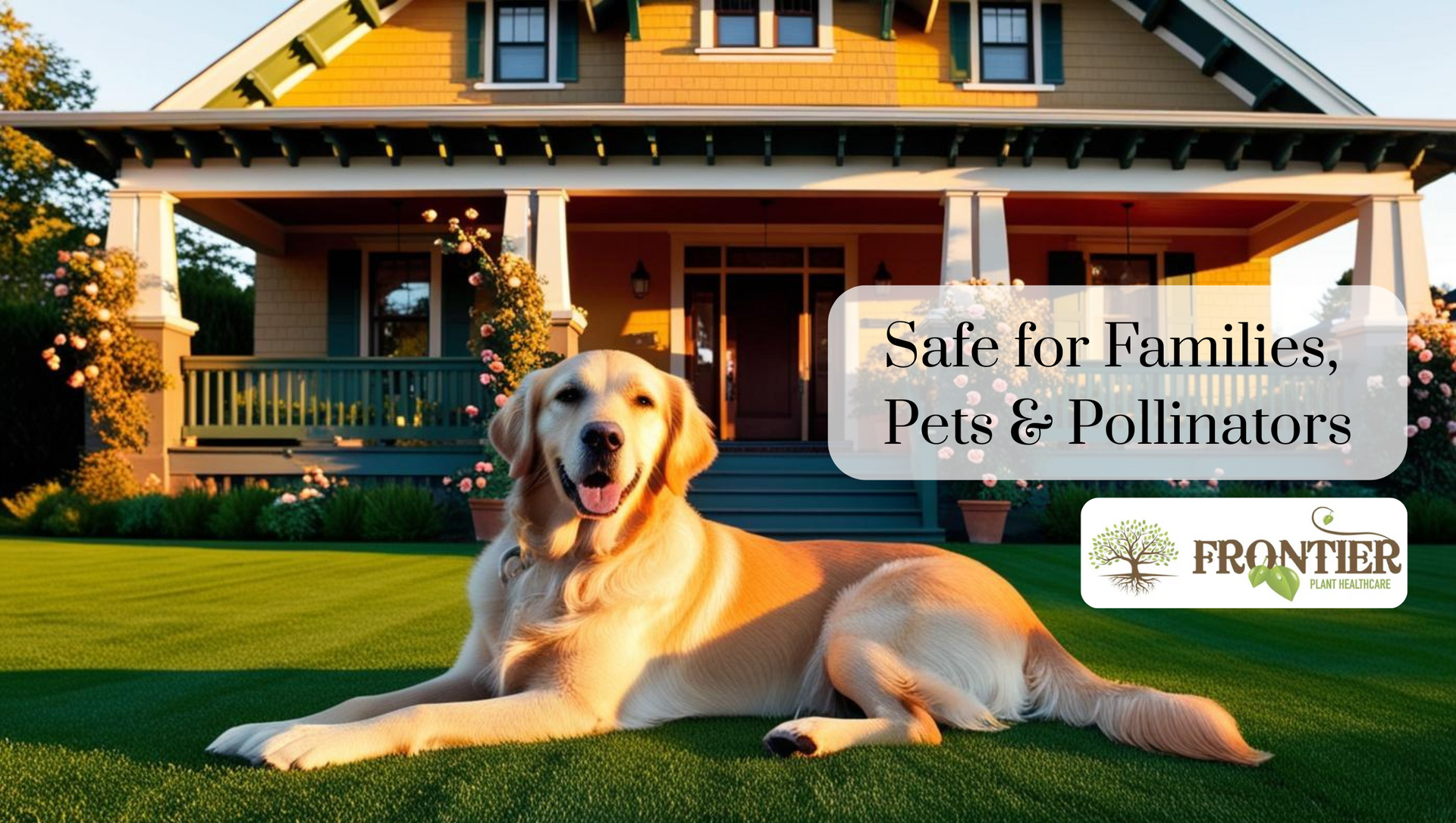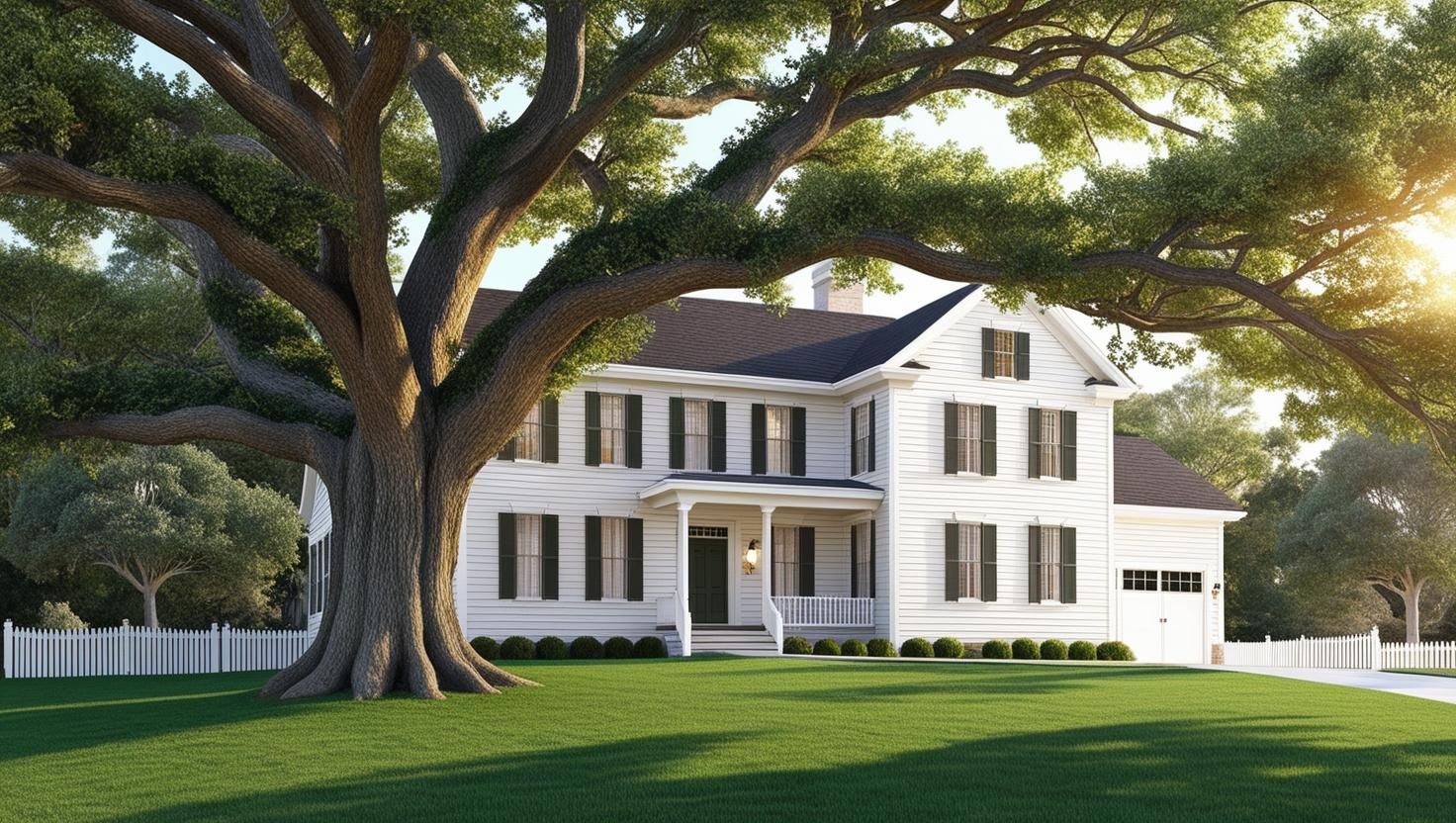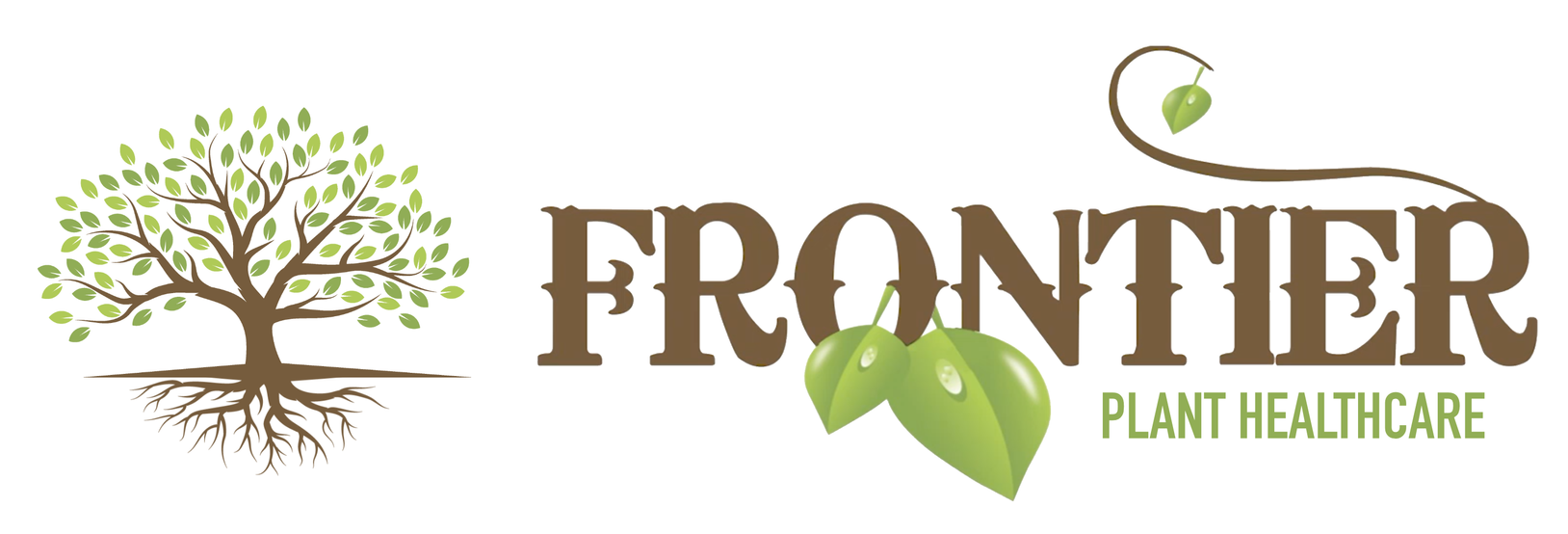Beech Leaf Disease in NJ: What You Need to Know

Beech trees have long been a beloved part of New Jersey’s natural landscape. Whether lining suburban streets or dotting wooded parks, these iconic trees offer shade, beauty, and biodiversity. But in recent years, a serious threat has emerged—Beech Leaf Disease (BLD). First reported in Ohio in 2012, BLD has rapidly spread, and New Jersey is now among the affected states.
What Is Beech Leaf Disease?
Beech Leaf Disease is a condition that impacts American, European, and Oriental beech trees. The disease is believed to be associated with a nematode—Litylenchus crenatae mccannii—which invades leaf tissue and leads to a slow decline in tree health. Although research is ongoing, the damage BLD causes is evident.
What Are the Symptoms?
If you suspect a beech tree on your property may be infected, here’s what to look for:
- Dark bands between leaf veins (especially on the underside)
- Curling or leathery texture of leaves
- Premature leaf drop
- Sparse canopies as the disease progresses
- Bud failure and dieback over time
Unfortunately, once infected, trees may begin to decline within just a few seasons.
Why Is BLD a Concern in New Jersey?
New Jersey is home to extensive beech forests and countless urban and suburban beech trees. With BLD now present in multiple NJ counties, it poses a serious threat not just to individual trees, but also to larger ecosystems and property values.
If left unchecked, BLD can lead to widespread tree loss, increased removal costs, and disrupted habitats for native wildlife.
What Can You Do?
While there is no cure yet for Beech Leaf Disease, early detection and monitoring are key.
If you suspect your tree is infected:
- Contact a certified arborist or your local Cooperative Extension office.
- Avoid unnecessary pruning to reduce stress.
- Clean equipment and footwear when moving between properties to prevent the spread.
- Stay informed about local quarantines and best practices.
In addition, maintaining the overall health of your trees can help them resist stress and secondary pests, including scale insects, which are increasingly common in stressed landscapes.
Bonus Resource: Managing Scale Insects
Diseases like BLD often leave trees vulnerable to secondary pests, including scale insects. These tiny, sap-sucking insects can further weaken trees, making proactive management essential.
We’re including a helpful, downloadable resource to guide you or your arborist in identifying and managing scale insect infestations:
👉 Download the Scale Insect Management Guide (PDF)
Learn how to identify different types of scale, understand their life cycles, and apply proven treatments for long-term tree health.
Stay Vigilant, New Jersey
Beech Leaf Disease is a growing threat, but with awareness and the right tools, we can help slow its spread and protect the trees that make our neighborhoods and forests beautiful.




